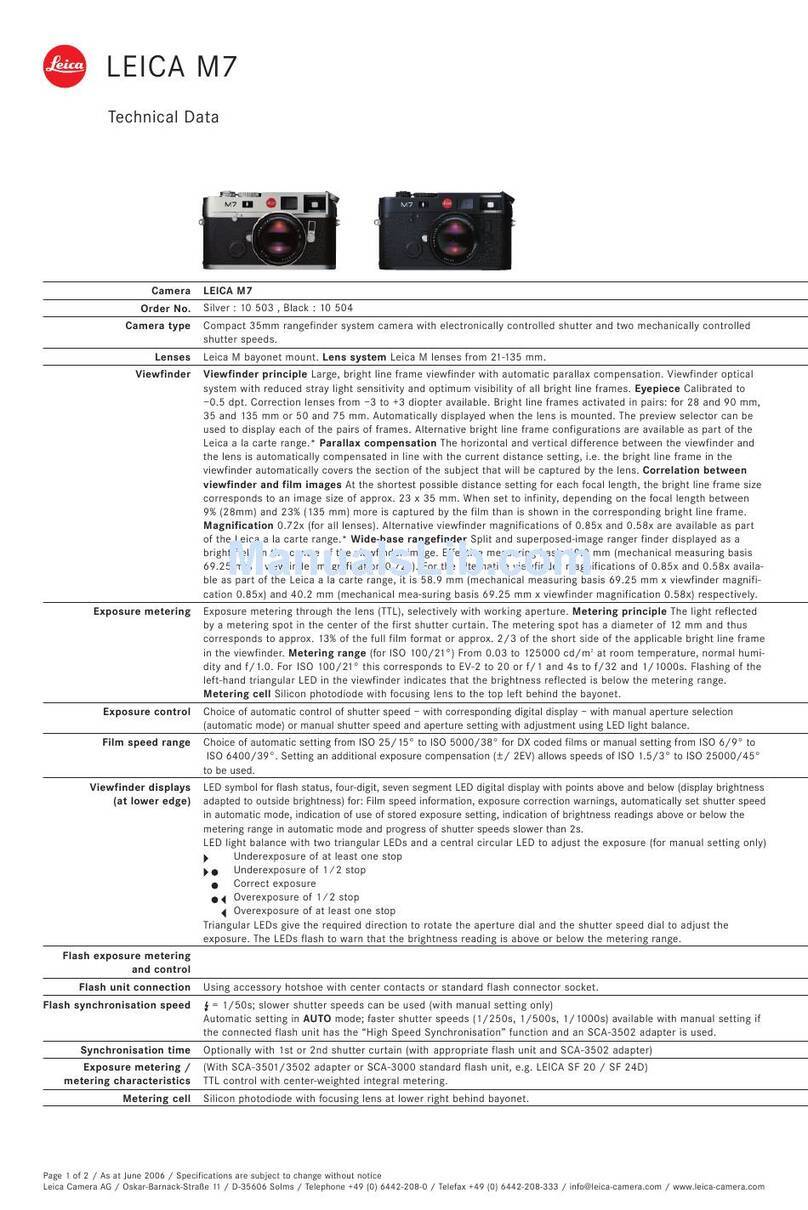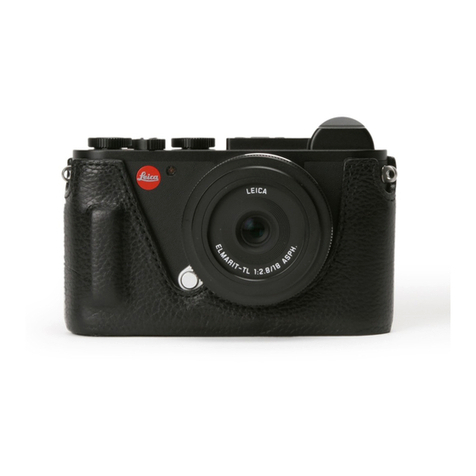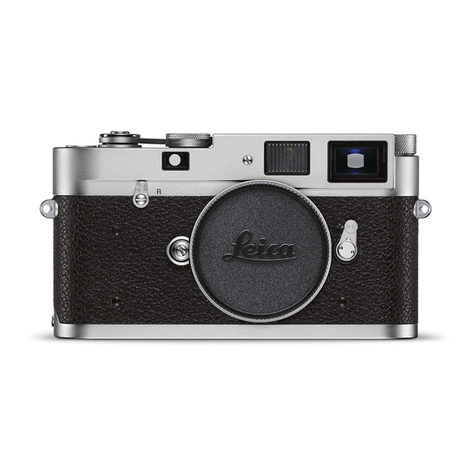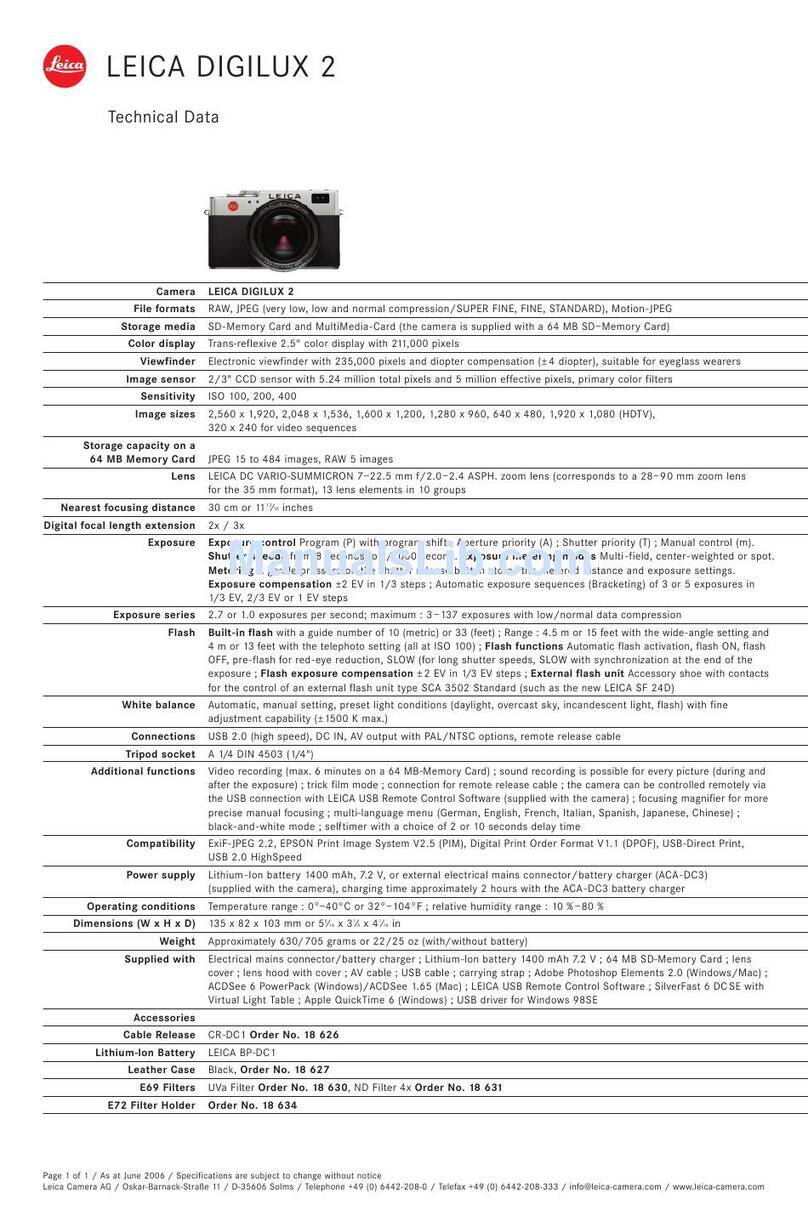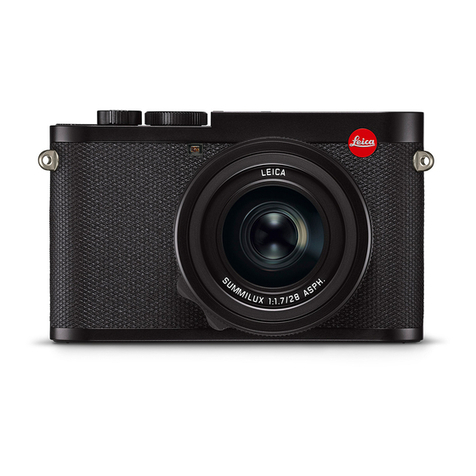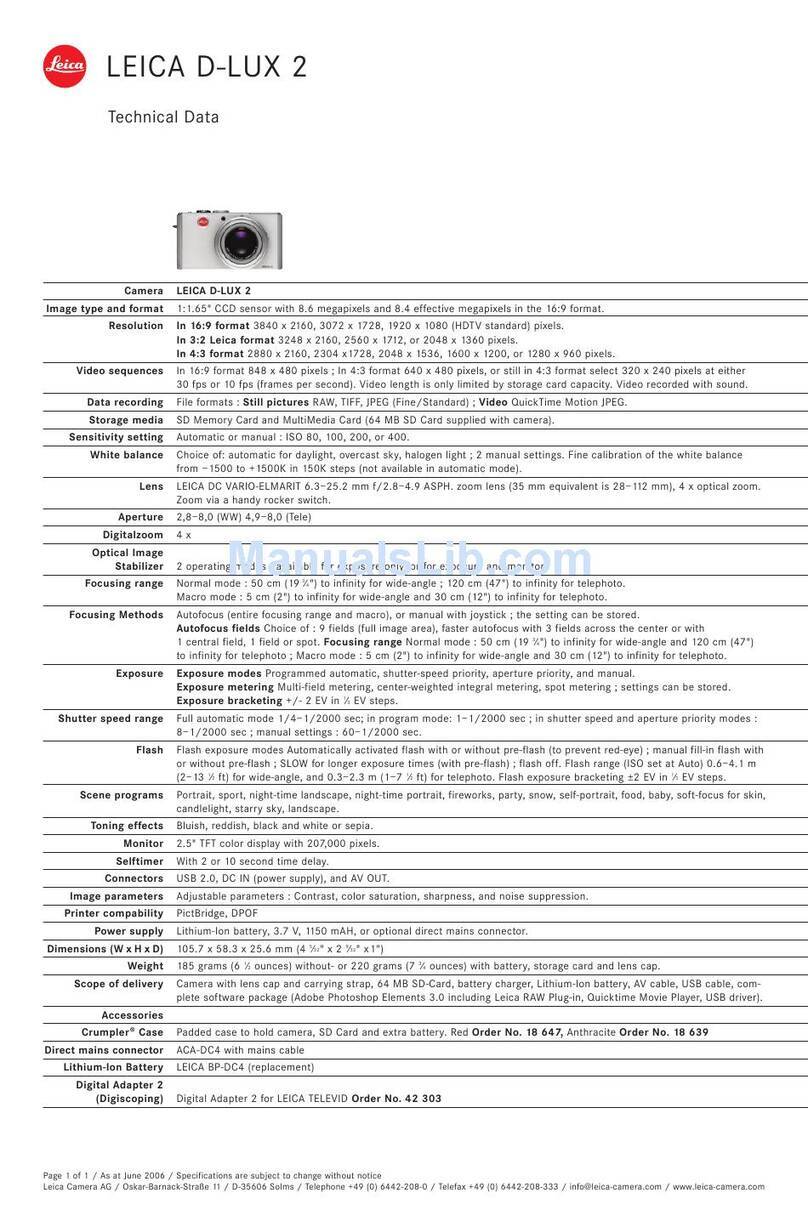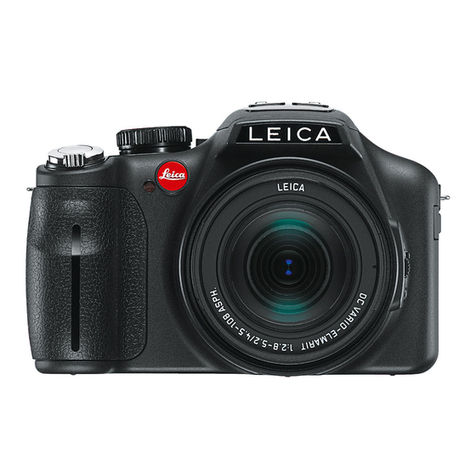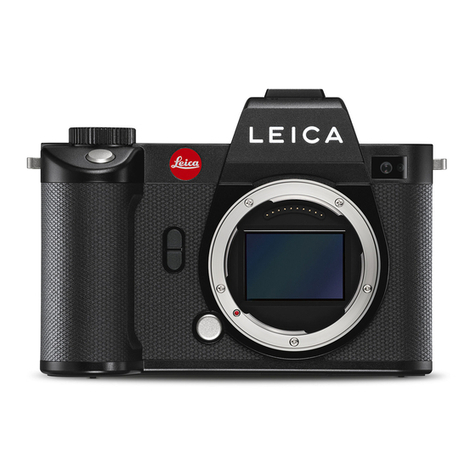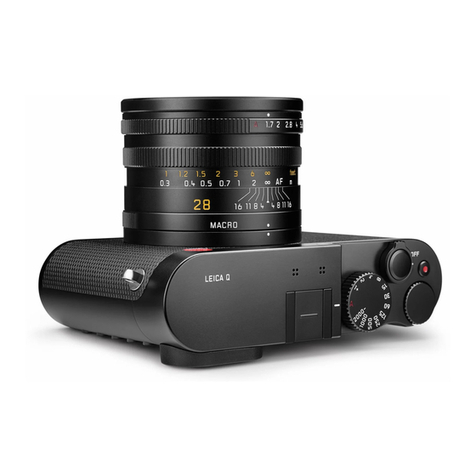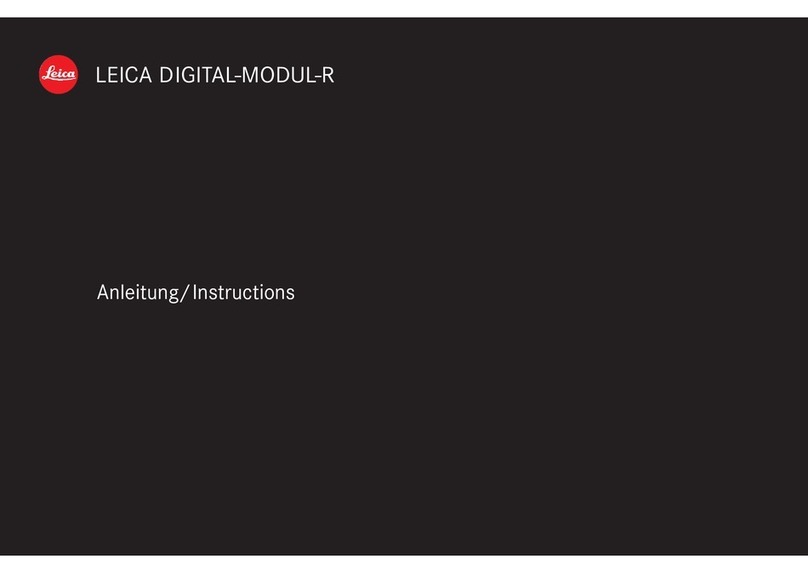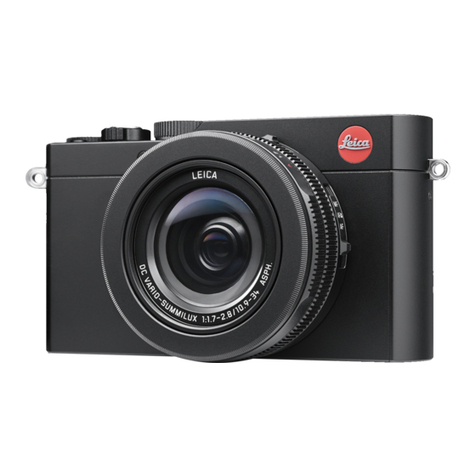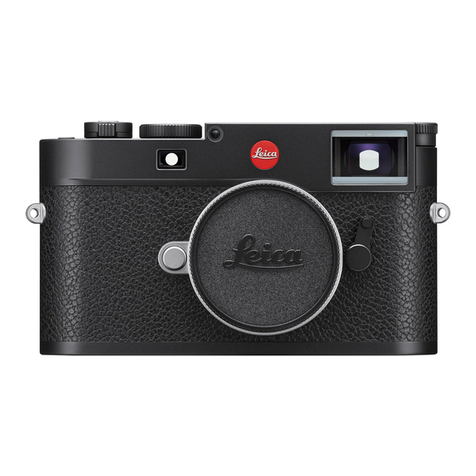1
The following functions have been added or changed starting with firmware version 2.0.
Read these instructions along with those for the camera.
A multiple exposure function has been added to the menu.
• When you use the Live View function, you can take pictures while checking the composition.
• When you take pictures using the viewfinder, you can check the composition using the review images.
• If the intervals between taking pictures are long, check the setting for power save mode, and ensure that
the power will not turn off before you finish taking pictures.
1Press [MENU/SET], use 3/4to select [MULTI. EXPO.] and
then press 1.
2Determine the composition, and take the first
picture.
• After taking the picture, press the shutter button halfway
down to take the next picture.
• Use the command dial ( ) or 3/4to select [NEXT],
[RETAKE] or [EXIT]. One of the following operations will
be performed when [MENU/SET] is pressed.
• [NEXT]: Advance to the next picture.
• [RETAKE]: Return to the first picture.
• [EXIT]: Record the image of the first picture, and
finish the multiple exposure picture-taking
session.
A: When taking pictures using the viewfinder
B: When taking pictures using the Live View function
C: After the first picture has been taken
3Determine the composition, and take the second picture.
• After taking the picture, the first and second pictures taken will be
superimposed over each other and displayed.
• After taking the picture, press the shutter button halfway down to take
the next picture.
• Use the command dial ( ) or 3/4to select [NEXT], [RETAKE] or
[EXIT]. One of the following operations will be performed when
[MENU/SET] is pressed.
• [NEXT]: Advance to the next picture.
• [RETAKE]: Return to the second picture.
• [EXIT]: Record images up to the second picture taken, and finish the multiple exposure
picture-taking session.
D: When taking pictures using the Live View function
4Determine the composition, and take the third picture.
• After taking the picture, the images of the first, second and third pictures
taken will be superimposed over one another and displayed.
• Use the command dial ( ) or 3/4to select [RETAKE] and then press
[MENU/SET] to return to taking the third picture.
E: When taking pictures using the Live View function
5Use the command dial ( ) or 4to select [EXIT] and then
press [MENU/SET].
• You can also press the shutter button halfway to finish.
• The images up to the third picture taken are recorded, and the multiple
exposure picture-taking session will be completed.
F: After the third picture has been taken
• Compensate the exposure to match the subject so that all the superimposing effects will be just
right.
• The recording information displayed for pictures taken with multiple exposures is the recording information
for the last picture taken.
• If [MENU/SET] is pressed while taking pictures, the photographed images are recorded, and the multiple
exposure picture-taking session will be completed.
• We recommend setting the [O.I.S.] switch on the lens to [OFF] and using a tripod when taking pictures with
multiple exposures.
• The multiple exposure setting is cancelled at the following times:
• When the power has been turned off (including power save mode)
• When the card has been changed
• When the USB connection cable has been connected to the camera
•There are some restrictions using the multiple exposure function. The following functions will not be available:
•Continuous mode
• Auto bracket mode
• Extended optical zoom
• Digital zoom
•etc.
Concerning the Firmware Update 2.0 for Digilux 3
A multiple exposure function has been incorporated.
3/3
AFL
AEL
AF/AE
H
REC
FLASH SYNC.
1
ST
AF/AE LOCK
BURST RATE
MULTI. EXPO.
AUTO BRACKET
EXIT
MENU
SELECT
ISOISO100100
P
STDSTD
1919
A B
C
P
STANDARDSTANDARD
ISOISO
100100
AUTOAUTO
WBWB
1919
NORMALNORMAL
CUSTOMCUSTOM
CANCEL
MULTI. EXPO.
MENU
SINGLESINGLE
ISOISO
100100
P
NEXT
RETAKE
EXIT
MENU
CANCEL
125125F5.6F5.6
ISOISO100100
P
STDSTD 1919
MENU
CANCEL
D
ISOISO100100
P
STDSTD 1919
MENU
CANCEL
E
ISOISO100100
P
RETAKE
EXIT
F
125125F5.6F5.6

